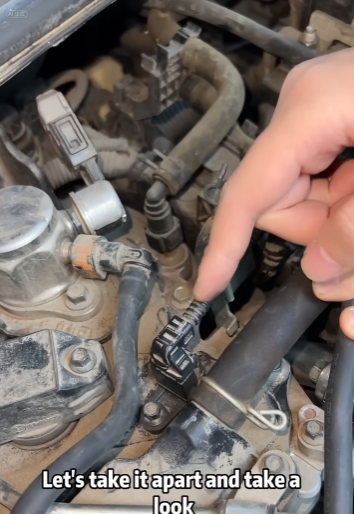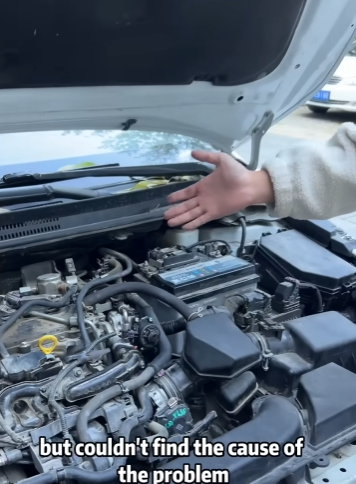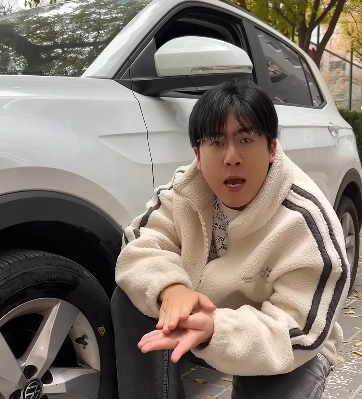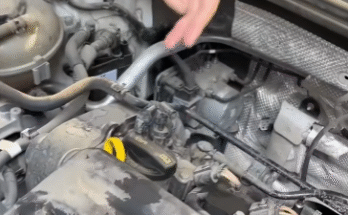
There’s nothing more frustrating than turning the key or pushing the start button on your car, only to find that nothing happens. Whether you’re running late for work or planning a road trip, a car that won’t start can throw a wrench into your day. Fortunately, most no-start issues can be diagnosed and fixed with a little knowledge and patience. In this article, we will explore common reasons why your car might not start and offer practical steps to solve each one.
Step 1: Check for Obvious Signs
Before jumping into technical diagnostics, take a moment to observe the situation:
- Are the dashboard lights turning on?
- Do you hear a clicking sound when turning the key?
- Is the engine cranking but not starting?
These clues will help narrow down the possible causes of the problem.
Step 2: Examine the Battery
The most common reason a car won’t start is a dead or weak battery.
Signs of a Dead Battery:
- No interior lights or dashboard lights
- Clicking sound when trying to start
- No sound or response at all
How to Fix:
- Jump Start the Car: Use jumper cables and another car or a portable jump starter. Connect the red cable to the positive (+) terminals and the black cable to a grounded metal surface or the negative (-) terminal.
- Test the Battery Voltage: Use a multimeter. A healthy battery should read about 12.6 volts. Anything below 12 volts may prevent your car from starting.
- Replace the Battery: If the battery is old (typically more than 3-5 years), it may not hold a charge and should be replaced.

Step 3: Inspect the Starter Motor
If your battery is good but the car still won’t start, the issue might be with the starter motor.
Signs of a Faulty Starter:
- A single loud click or no sound at all when turning the key
- Lights work but the engine doesn’t crank
How to Fix:
- Tap the Starter Gently: Sometimes, gently tapping the starter with a tool can get it working temporarily.
- Check Wiring Connections: Ensure the wires to the starter are clean and tight.
- Replace the Starter: If tapping or cleaning doesn’t work, the starter may need to be replaced.
Step 4: Check the Fuel System
If the engine cranks but doesn’t start, it might not be getting fuel.
Signs of Fuel Issues:
- Engine cranks normally but doesn’t turn over
- No fuel smell from the exhaust
- Fuel pump not making a sound
How to Fix:
- Listen for Fuel Pump: When you turn the key to the “ON” position (not start), you should hear a humming sound for a few seconds. If not, the fuel pump may have failed.
- Check the Fuel Level: It may sound simple, but sometimes the tank is empty.
- Replace Fuel Filter: A clogged fuel filter can prevent fuel from reaching the engine.
- Check Fuel Pump Relay and Fuse: Replacing a blown fuse or faulty relay can restore fuel delivery.

Step 5: Evaluate the Ignition System
If your car cranks but still doesn’t start, the problem could lie in the ignition system.
Signs of Ignition Problems:
- Engine turns over but won’t catch
- No spark at the spark plugs
How to Fix:
- Inspect Spark Plugs: Remove one and check for wear or carbon buildup. Replace if necessary.
- Check Ignition Coils: Faulty coils won’t deliver spark to the engine.
- Test Crankshaft Sensor: A malfunctioning sensor can prevent spark generation.
Step 6: Neutral or Park Position
If you’re driving an automatic car and it doesn’t start, it might be due to the transmission not being fully in “Park” or “Neutral.”
How to Fix:
- Move the Gear Lever: Shift into “Neutral” and try starting the car. Then try back in “Park.”
- Check the Neutral Safety Switch: If faulty, this switch can prevent the engine from starting.

Step 7: Examine the Key and Security System
Modern cars often come with immobilizers and electronic keys that can cause start-up issues.
Signs of Key or Security Issues:
- Key turns but engine doesn’t crank
- Security light flashing on dashboard
- Message on screen like “Key Not Detected”
How to Fix:
- Try a Spare Key: Sometimes, the key’s chip gets damaged.
- Reset the Security System: Follow the procedure in your car’s manual.
- Check Battery in Key Fob: A dead battery in the key fob can prevent the engine from starting.
Step 8: Inspect Engine Ground and Wiring
Electrical issues can also stop your car from starting.
Signs of Electrical Problems:
- Flickering lights
- Burning smell or visible damage on wires
How to Fix:
- Check Battery Terminals: Clean and tighten corroded or loose terminals.
- Inspect Fuses: A blown fuse can disable starting systems.
- Look for Damaged Wires: Especially around the engine bay and battery.

Step 9: Consider the Engine Computer (ECU)
In rare cases, the Engine Control Unit (ECU) may be faulty.
Signs:
- No check engine light when key is turned on
- Car fails to communicate with a diagnostic scanner
How to Fix:
- Scan with OBD-II Tool: Use a scanner to check for stored trouble codes.
- Consult a Mechanic: ECU issues often require professional diagnosis or reprogramming.
Preventive Measures to Avoid Starting Problems
To minimize the risk of your car not starting in the future, follow these tips:
- Regularly Check Battery Health: Especially before winter or long trips.
- Keep Fuel Levels Above One-Quarter Tank: Helps maintain fuel pump health.
- Replace Spark Plugs and Filters on Schedule: Prevent clogs and misfires.
- Use Quality Fuel: Cheap or dirty fuel can clog injectors.
- Listen to Your Car: Pay attention to slow cranking, dashboard warnings, and unusual noises.

Conclusion
When your car doesn’t start, it’s easy to panic—but staying calm and systematic will help you find and fix the problem. From checking the battery and fuel system to evaluating the ignition and security components, most starting issues are common and can be resolved without major expense. If you’ve tried all the above steps and still can’t get your car running, it might be time to call a trusted mechanic or roadside service.
Remember: understanding your vehicle is key to maintaining its health and performance. The more you know about how your car works, the better prepared you’ll be when something goes wrong.



